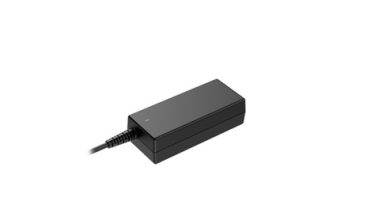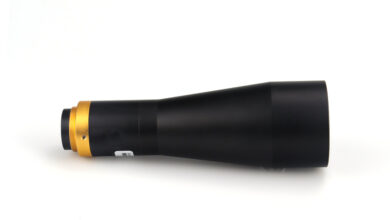Engine management – Combined ignition and fuel management

Introduction
As the requirements for lower and lower emissions continue, together with the need for better performance, other areas of engine control are constantly being investigated. This control is becoming even more important as the possibility of carbon dioxide emissions being included in future regulations increases. Some of the current and potential areas for further control of engine operation are included in this section.
Variable inlet tract
For an engine to operate at its best, volumetric efficiency is not possible with fixed manifolds. This is because the length of the inlet tract determines the velocity of the intake air and, in particular, the propagation of the pressure waves set up by the pumping action of the cylinders.
These standing waves can be used to improve the ram effect of the charge as it enters the cylinder but only if they coincide with the opening of the inlet valves. The length of the inlet tract has an effect on the frequency of these waves.
Combustion flame and pressure sensing
Research is ongoing in the development of cost effective sensors for determining combustion pressure and combustion flame quality. These sensors are used during development but currently are prohibitively expensive for use in production. When available, these sensors will provide instantaneous closed loop feedback about the combustion process. This will be particularly important with lean burning engines.
Wide range lambda sensors
Most lambda sensors provide excellent closed control of the air–fuel ratio at or very near to stoichiometry (14.7 : 1). A sensor is now available that is able to provide a linear output between air–fuel ratios of 12 : 1 and about 24 : 1. This allows closed loop feedback over a much wider range of operating conditions
If high-speed air is introduced at the tip of an injector, the dispersal of the fuel is considerably improved. Droplet size can be reduced to below 50 m during idle conditions.
On-board diagnostics (OBD)
On-board diagnostics are becoming essential for the longer term operation of a system in order for it to produce a clean exhaust. Many countries now require a very comprehensive diagnosis of all components which affect the exhaust.
Any fault detected will be indicated to the driver by a warning light. The OBD 2 system is intended to standardize the many varying methods used by different manufacturers. It is also thought that an extension to total vehicle diagnostics through a common interface is possible in the near future.
Digital electronics allow both sensors and actuators to be monitored. Allocating values to all operating states of the sensors and actuators achieves this. If a deviation from these figures is detected, it is stored in memory and can be output in the workshop to assist with fault-finding.
Last word
Monitoring of the ignition system is very important as misfiring not only produces more emissions of hydrocarbons, but the unburned fuel can enter the catalytic converter and burn there. This can cause higher than normal temperatures and may damage the catalytic converter.




